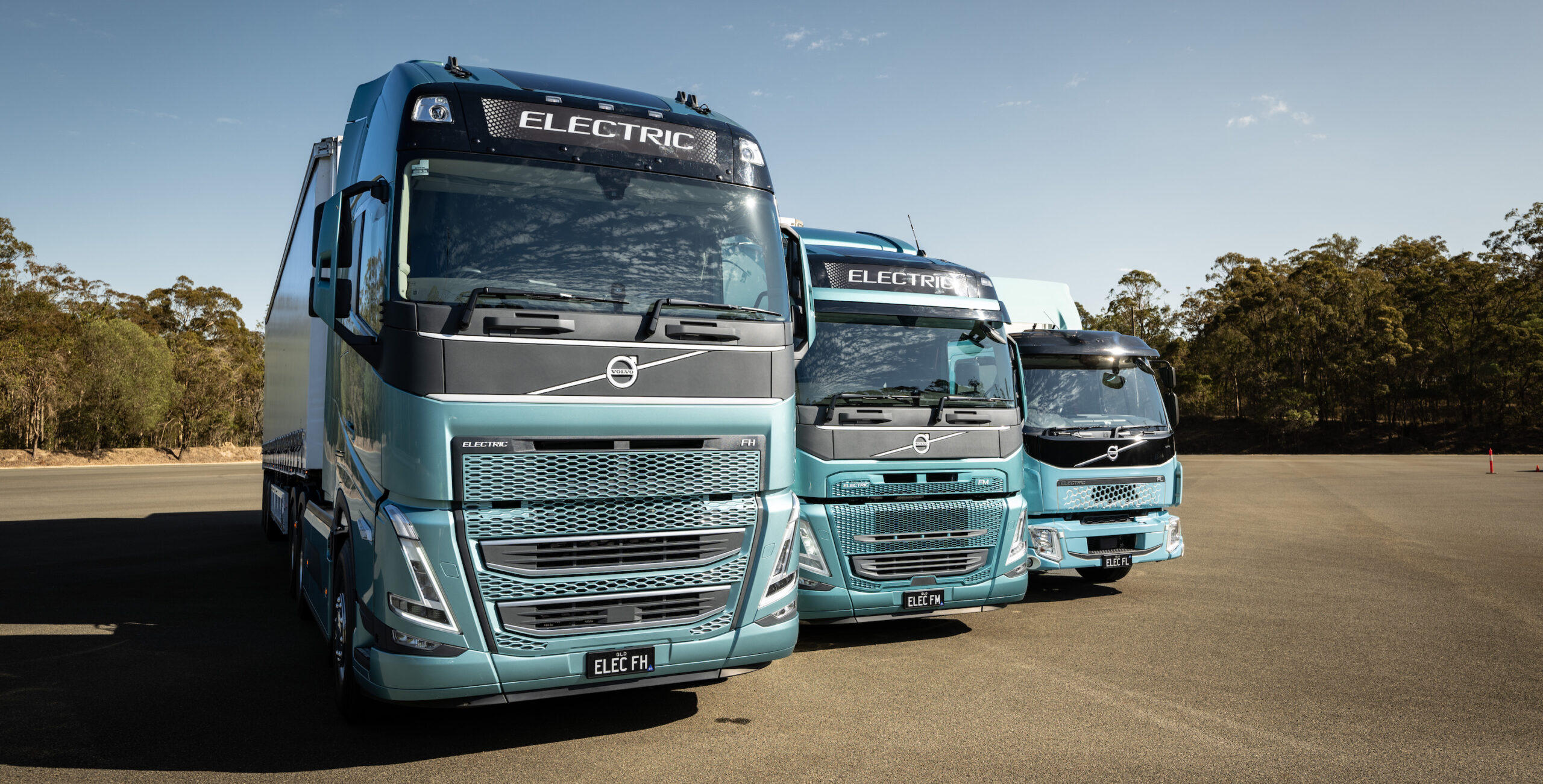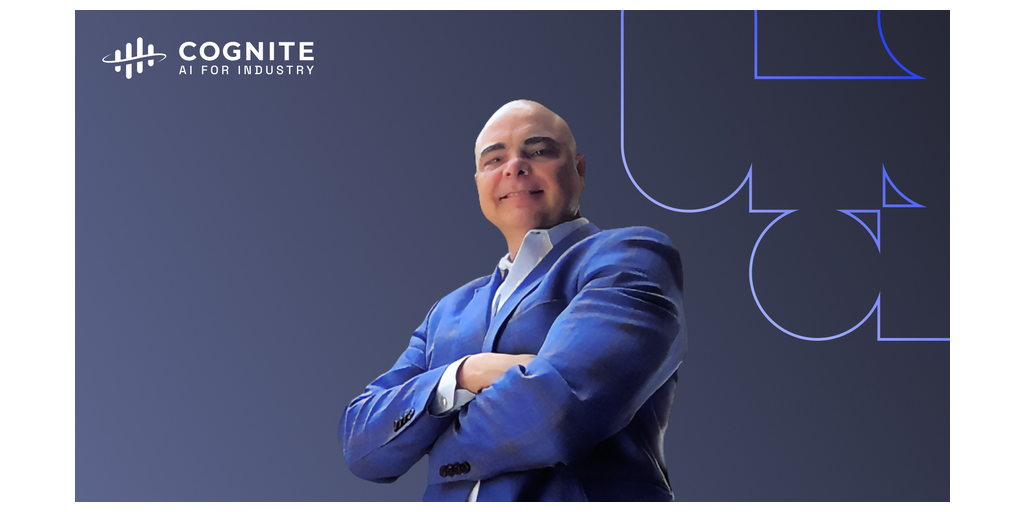Sign up for daily news updates from CleanTechnica on email. Or follow us on Google News!
Last Friday, I was able to chat with Matt Wood, public relations and media manager at Volvo Australia, about Volvo’s plans for electric trucks Down Under. I was inspired to do so by several news reports about state and federal changes to regulations which will allow wider and heaver haulage vehicles on Australia’s roads. You can read about that here. It is apparent that in Australia, Volvo leads the way.
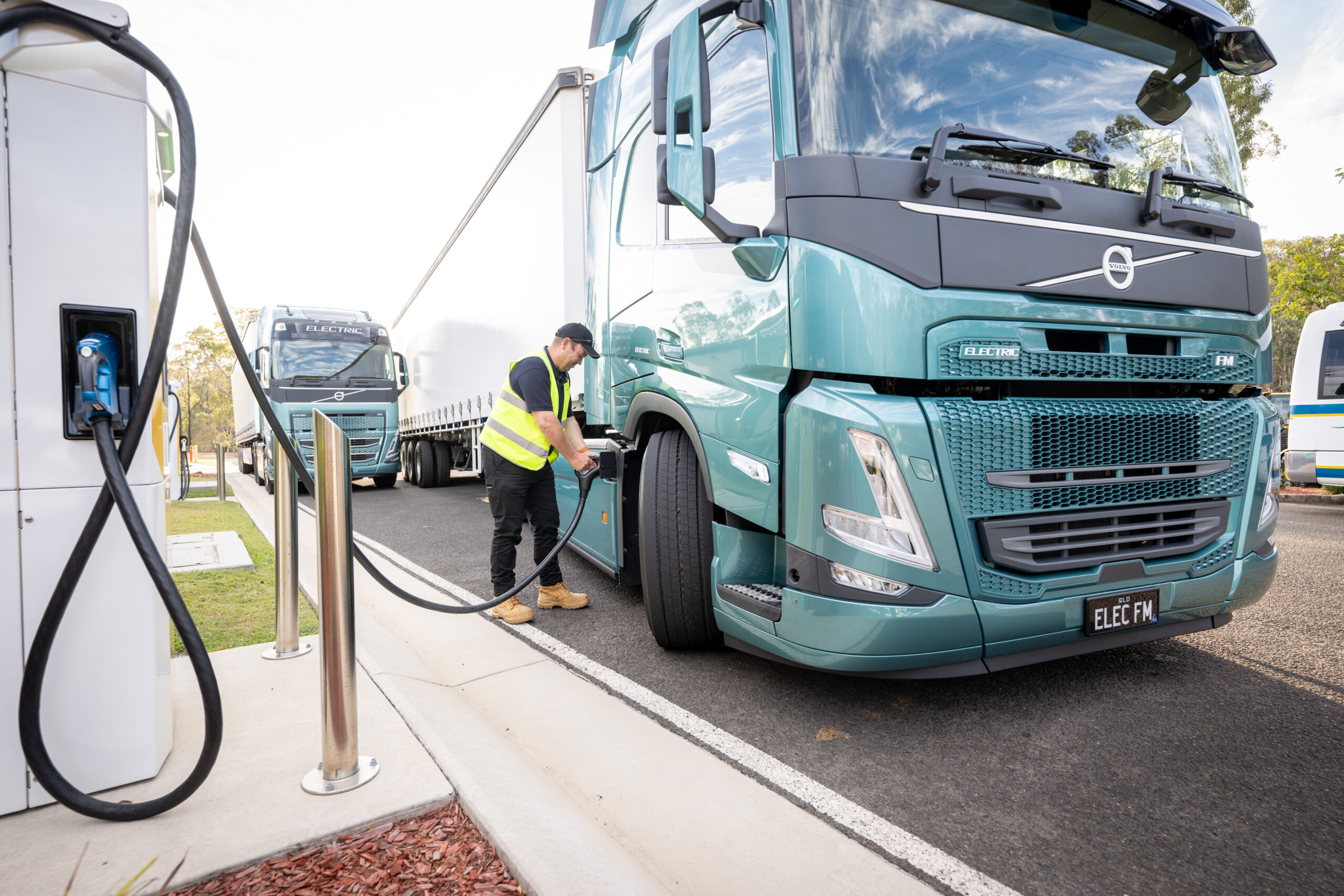
Like my conversations with Alex at Scania Australia, I was pleasantly surprised by Volvo’s forward thinking and positive attitude towards battery electric heavy vehicles. Matt tells me that Volvo has a BEV alternative for every diesel truck they offer, from a medium-duty truck with a 5-ton payload right up to the flagship Prime Mover. Volvo Group encompasses Volvo Trucks, Mack Trucks, Volvo Penta, and Volvo Bus — no wonder it is the biggest automotive manufacturer in Australia. Volvo builds its vehicles at Wacol in Queensland — close enough for me to visit in the near future, I hope. Matt tells me that by end of 2027 “Volvo will be building an electric semi at Wacol. We aim to use as much Australian content as possible. However, we would expect that initially there will be a lot of imported componentary.” Can’t wait to see that roll off the assembly line.
Two years ago, Volvo introduced medium duty BEV trucks. Early this year, it launched the semi. Volvo has two semi models, each with a range of 300 km (186 miles). It also has a variety of electric options for last-mile delivery. Volvo is part owner of Swiss technology company designworke (DW), which produces the heavy vehicle BEV technology that is used in the semis. DW boasts a high-cab Prime Mover that can haul 50 tons and has a range of 760 km (472 miles). With Australia’s recent changes to truck width, European BEV semis will be able to be employed on Australian roads. Lots of good things are on their way.
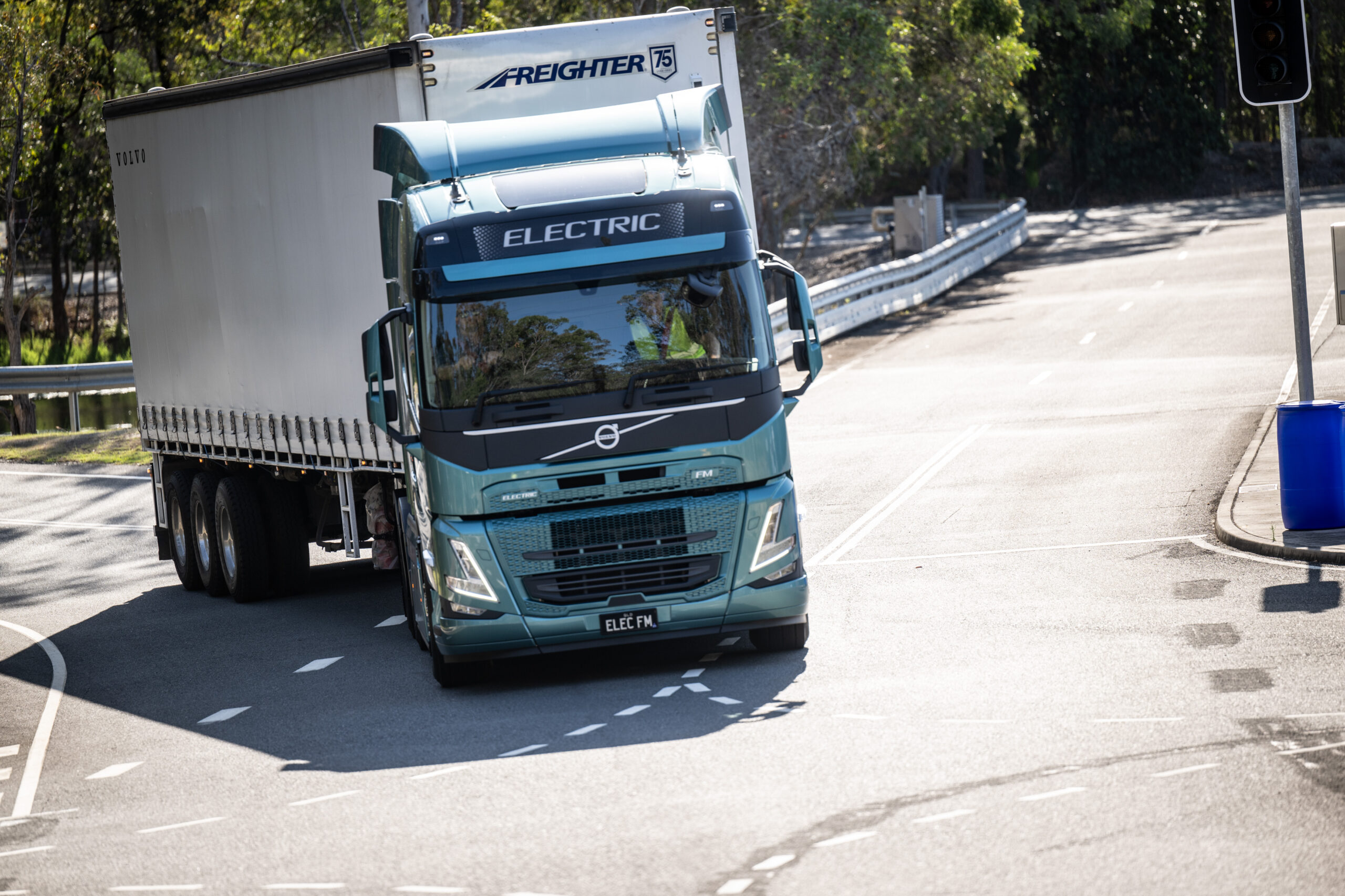
Matt tells me that “Volvo is not going to be 100% electric any time soon. We have a target to reach 50% BEV by 2030. We are in transition but fuel still has to be burned. Volvo has a zero emissions target but not a battery electric target.” Although he sees electric truck adoption accelerating faster than the adoption of electric cars has done, he believes that the truck market is now where the electric car market was at the launch of the Tesla Model 3. “The new offerings are a generation ahead. It’s like going from a Nissan Kangoo to a Tesla 3.” Matt would know — his daily drive is a Model 3.
There are some speed bumps that still need to be ironed out. He thinks that the shifts in state and federal regulations will help. The buildout of charging hubs will also pave the way for the introduction of more electric trucks. He cites the charging hub being built in Western Sydney by Team Global Express and cofunded by ARENA as a good example. “We need chargers for semis and for the record number of medium duty electric trucks entering the market, like the Daimler Fuso eCanters and the Volvo FL Electrics.”
Some drivers are resistant to the change to electric. However, bums on seats fixes that! Volvo recently treated drivers to a Drive Event at the Mt Cotton Driving centre south of Brisbane. Matt says: “They were stunned by the driving experience.” Once they drive electric, they are impressed. This mirrors a similar experience in Norway. The drivers took the vehicles from depot to depot. “Everybody would be grumbling till they drove it, then you couldn’t get them out of it.” They were trialling a 660 hp heavy-duty truck with a gross weight of 44 tons. In Sweden, Volvo is trialling 74-ton battery electric Prime Movers above the Arctic Circle for Kaunis Iron.
Volvo aims to have a 100% fossil free supply chain by 2040. It is using BEV trucks, charged with renewable energy, to supply its heavy truck factory just outside Gothenburg in Sweden. Some of these trucks have been built using fossil fuel free steel. “We firmly believe in leading by example, and to start using zero-exhaust emission trucks in our own inbound flow of goods is an important part of our strategy to create a world-class, sustainable transport system. I’m really proud to have DFDS as a partner on this journey,” explains Roger Alm, President of Volvo Trucks.
Meanwhile, back in Australia, Volvo is participating in trials that should lead to the leveling of regulatory speed bumps. Victoria has permanently opened over 22,000 km of roads to Volvo trucks, relaxing the front axle weight limit from 6.5 to 7.5 tons. There will be continual assessments by governments of infrastructure capability. Structures like overpasses and bridges will need to be protected. Queensland’s Transport and Main Roads has also granted a Volvo-specific trial permitting zero-emissions vehicles with a front axle weight of 7.5 tons for the next 2 years.
South Australia and New South Wales are trialling zero emissions vehicles from all truck makers.
In another innovative trial, Volvo is teaming with JJ’s Waste and Recycling to trial “Oscar,” the Volvo FE electric garbage eater. “Oscar” featured on the Volvo Group Australia stand at the 2023 Brisbane Truck Show. “The truck has been fitted with a rear loading; 16 cubic metre waste body ideally suited for urban operations. The three-month trial will take place on Queensland’s Sunshine Coast and will provide insights into the impact of electric PTO use on range and productivity.”
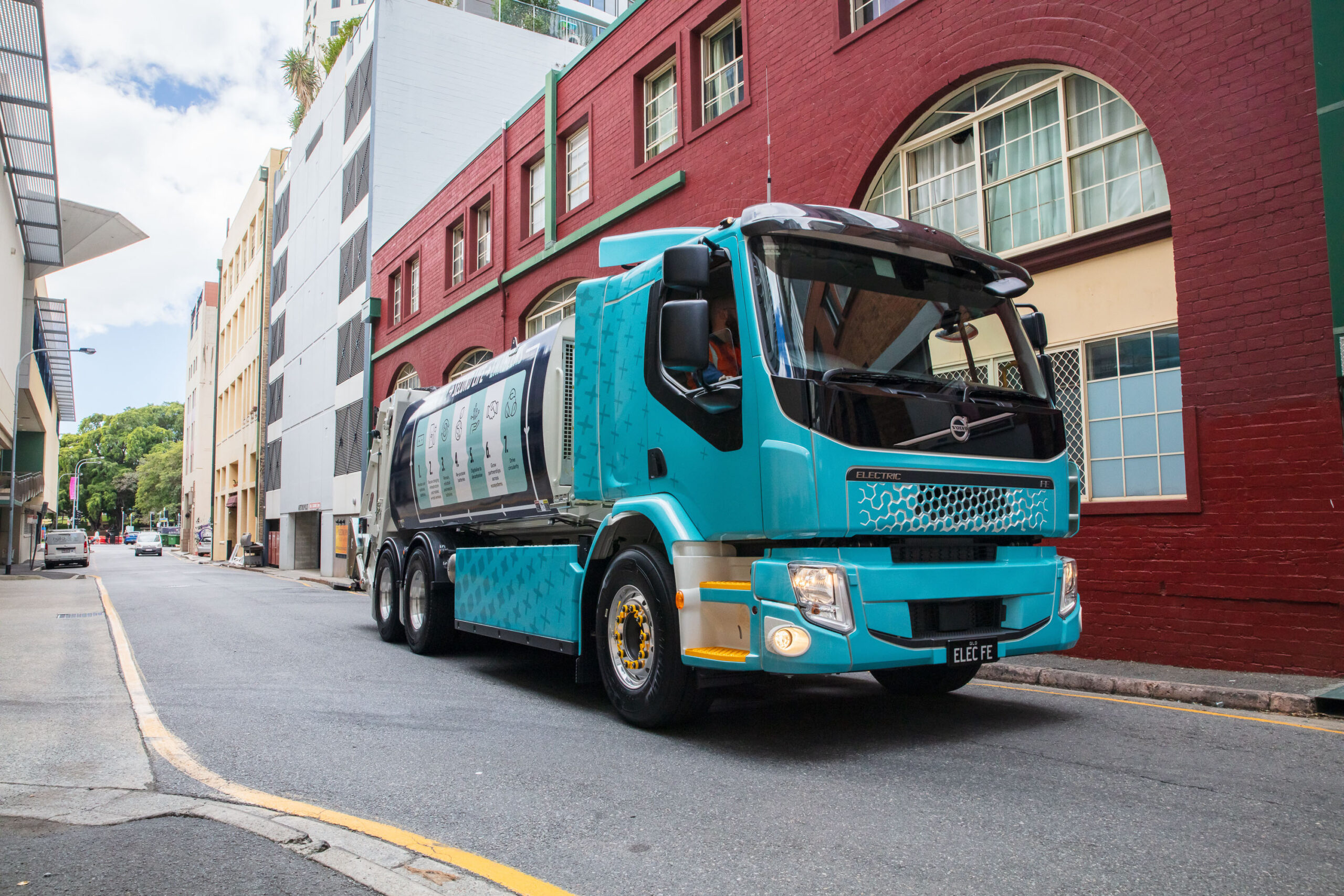
The dual-motor Oscar uses four 2nd-generation batteries with a capacity of 265 kWh, giving a potential range of up to 220 kilometres and a payload of 7 tonnes.
“The electromobility and waste management really do go hand in hand,” says Gary Bone, Vice President Volvo Trucks Australia. “The stop start nature of this application in densely populated urban areas should prove to be a promising zero emissions solution for our cities. I look forward to seeing the results of this trial which will prove invaluable as we continue on our decarbonization journey.”
“This is the perfect opportunity for us to understand how we can decarbonise our fleet over time,” Joe Branagan, Operations Manager, JJ’s Waste and Recycling, enthused. “Clearly we can’t just switch to electric overnight so partnerships like the one we have with Volvo Trucks are vital to see what applications we can put electric trucks to work in now as well as what the future of zero emissions waste management could look like.”
“I will be watching the outcome of this exercise with great interest!”
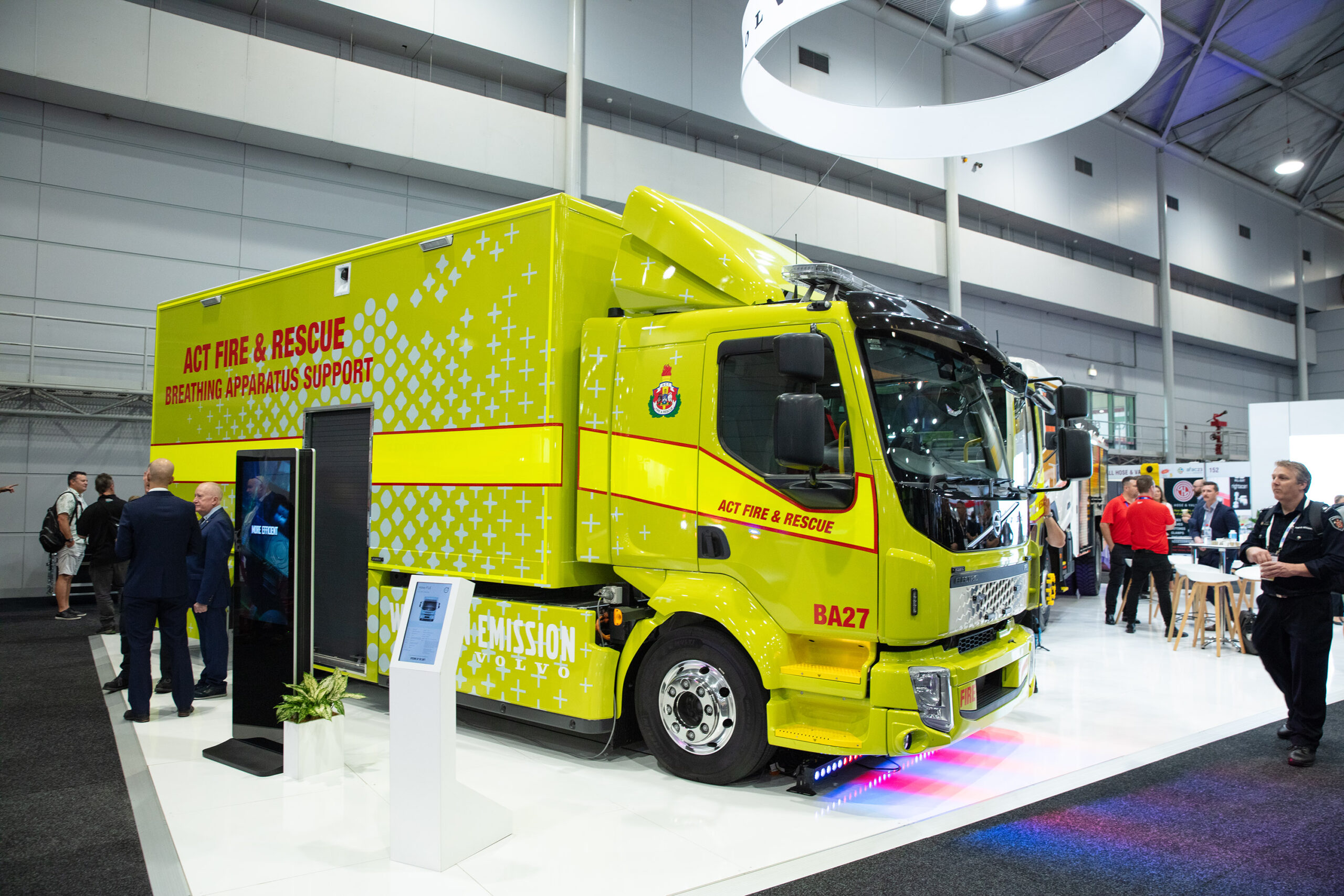
Australia’s trucking industry is ripe for disruption. Many of the vehicles on the roads are due for replacement. Volvo leads the way towards a quieter cleaner trucking experience. Volvo is electrifying in the niche market of emergency response by delivering its first breathing apparatus vehicle to support fire fighters in the Australian Capital Territory’s emergency services. Just in time for Australia’s summer fire season. Matt says, “You start where you can — as long as you start!”
Have a tip for CleanTechnica? Want to advertise? Want to suggest a guest for our CleanTech Talk podcast? Contact us here.
EV Obsession Daily!
I don’t like paywalls. You don’t like paywalls. Who likes paywalls? Here at CleanTechnica, we implemented a limited paywall for a while, but it always felt wrong — and it was always tough to decide what we should put behind there. In theory, your most exclusive and best content goes behind a paywall. But then fewer people read it!! So, we’ve decided to completely nix paywalls here at CleanTechnica. But…
Thank you!
Community Solar Benefits & Growth
CleanTechnica uses affiliate links. See our policy here.

